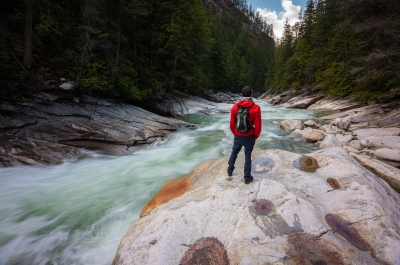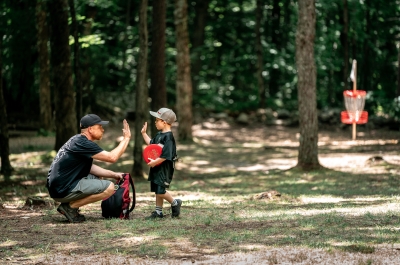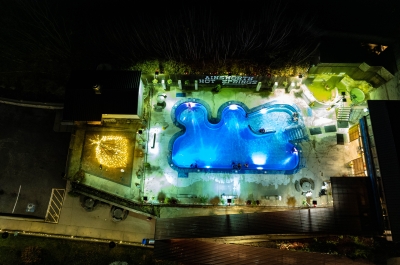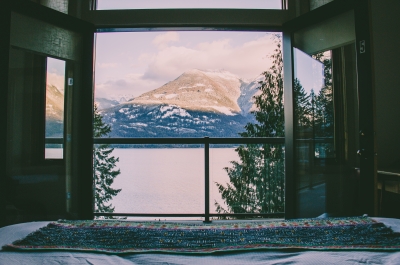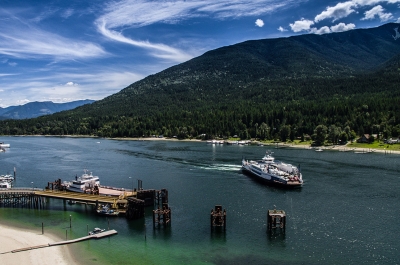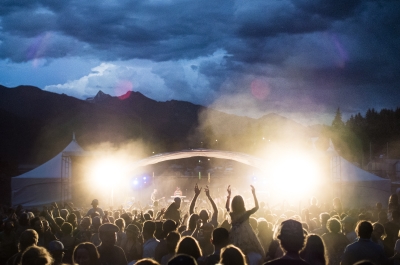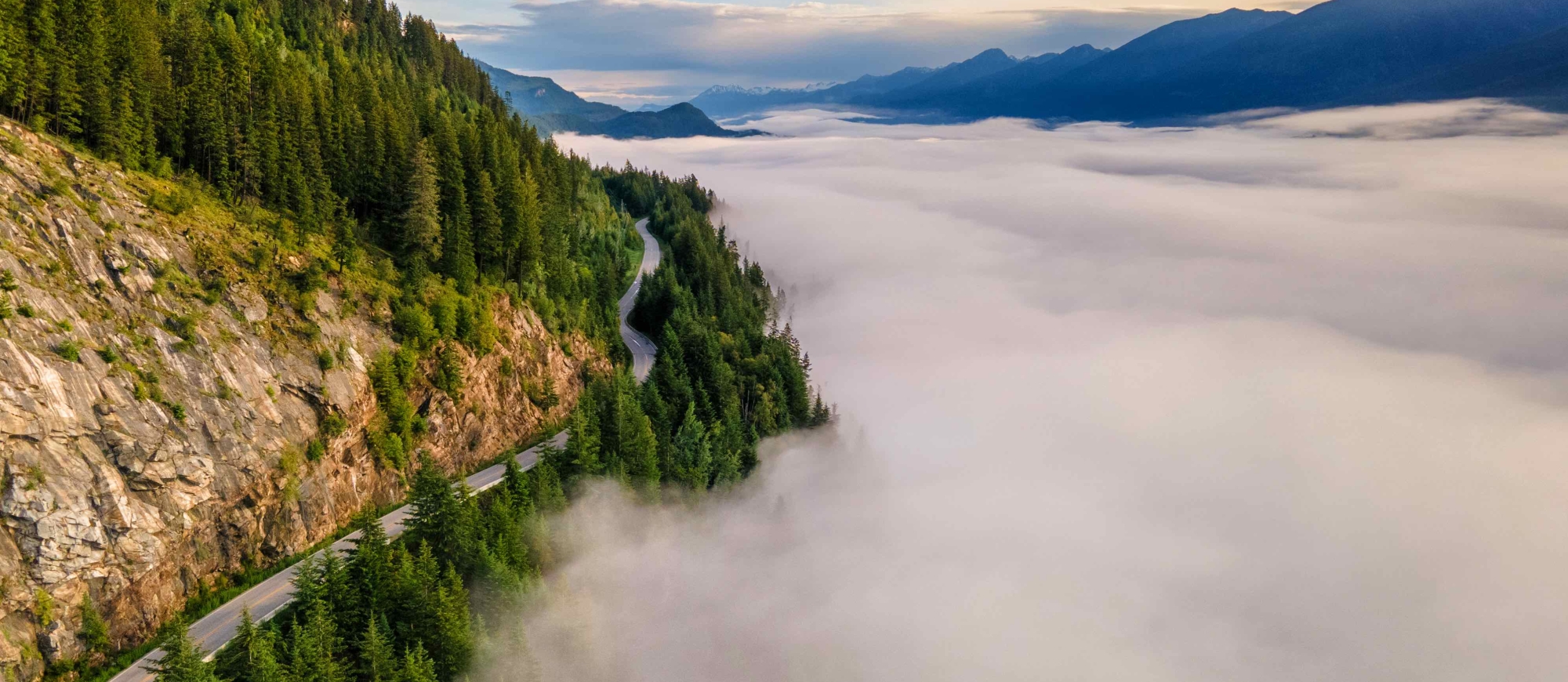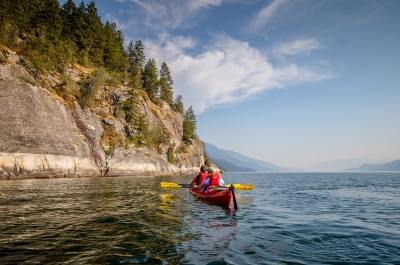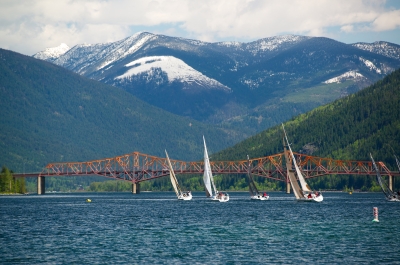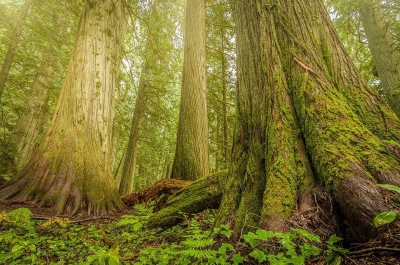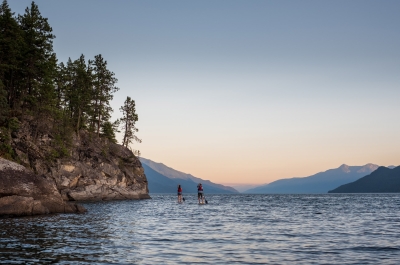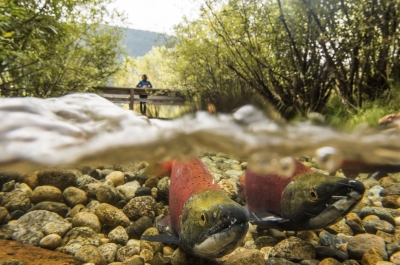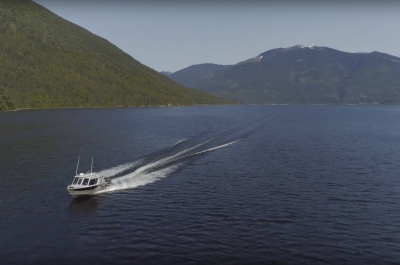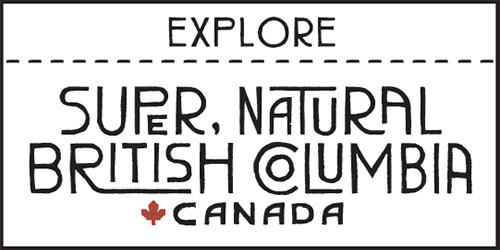The Story of Kootenay Lake
The Story of Kootenay Lake
The Nelson and Kootenay Lake region may be one of the rarest ecosystems on the planet. Sweeping alpine tundra, regal mountain tops and glaciated valleys blanket a unique inland temperate zone, surging with life. Home to ancient forests and iconic keystone species including the grizzly bear and Kokanee salmon, the area feeds species with oceanic affinities. Before the glacier retreated in this area, river ways and large lakes of meltwater provided a path for Sockeye salmon to move from the Pacific Ocean up the Columbia River and into the lakes of the interior, including Kootenay Lake. Ten to twelve thousand years ago, the glacier that shaped the Kootenay Lake retreated and drained away to its current size today, extending up to 150m deep and 4km at its widest point. It is divided into four sections: North End, West Arm, Main Lake and South End. Today, Kootenay Lake is part of a watershed that flows across the international U.S. border and is the largest natural lake in southern British Columbia.
Here in this aquatic ecosystem surrounded by the precipitous jagged peaks of the Purcell and Selkirk mountains, species have adapted to a freshwater existence, resulting in unique, genetically distinct populations. The glacial movement formed peaks and valleys, creating the natural barrier of Bonnington Falls (now the site of Bonnington Dam) in the western arm of Kootenay Lake. The falls stopped species like Sockeye salmon from migrating to the ocean and brought a landlocked “salmon of the mountains'' into existence; the Kokanee. Now the name of 14 geographical features in B.C., including the beautiful Kokanee Glacier Provincial Park, the word comes from the Sinixt interior Salish word, kekeni, meaning “red fish”. Yakskekeni is a Sinixt place name that means “place of many redfish'' and thousands of these strikingly beautiful fish can be witnessed spawning in nearby creeks as temperatures drop each fall. The rivers and streams that flow into Kootenay Lake are teeming with life. Twenty-two fish species currently live in Kootenay Lake, including the largest fresh-water fish in North America - the ancient White Sturgeon, and Kokanee’s only predator - the largest rainbow trout in the world, the Gerrard Trout.
A place where otters play, ospreys dive and eagles nest, Kootenay Lake is a living landscape with a rich history. One of the best ways to catch a glimpse of the diverse wildlife in our mountain paradise is to explore by paddleboard, canoe, kayak, small fishing boat, or dock your sailboat at one of our many marinas. If you’re ready to grab a paddle, travellers can bring their own gear or join a guided tour with a local operator. Kaslo Adventure Centre runs a variety of tours and has rentals downtown Kaslo. Hellman Canoe and Kayak also has a well-stocked retail store and specializes in kayak, canoe and stand up paddle board (SUP) rentals all year round. At Rotary Lakeside Park through the summer months, the Nelson and District Community Complex rents kayaks and SUP boards by the hour, while Nelson Paddleboard & Kayak Rentals is on site at the Prestige Lakeside Resort. Whichever water vessel you choose for exploring the region, tread lightly, safely, and with respect for these special creatures.
The Region
TRAVEL BOOK
Read our visitors guide online or order a copy of the official visitor's guide and map for our region.

